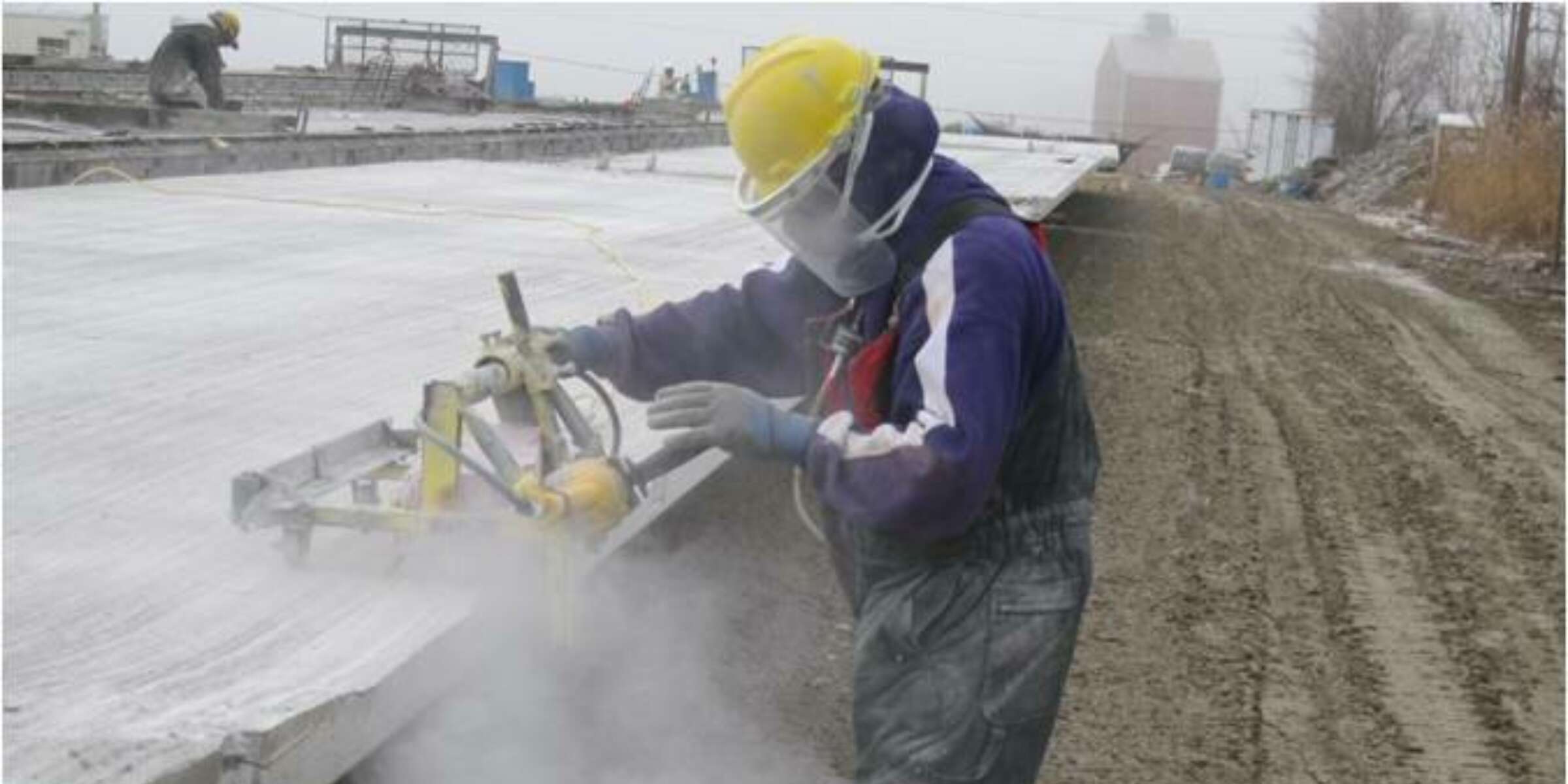Face Shields Proper Usage
People are not perfect and often make mistakes. We take shortcuts, forget how to do things, or become distracted at times when we shouldn’t. In most aspects of our lives, these are not things that have dire consequences. At work, however, surrounded by hazards, these types of mistakes can alter lives, even end them. So, even though human beings are not perfect, we need to make our safety programs as close to perfect as we can.
PPE Focus: Face Shields
Personal protective equipment (PPE) is an aspect of safety where people tend to make many mistakes and for a variety of reasons. Often, we think that the mere wearing of PPE makes us immune to injury. With as much emphasis as we place on eye protection and head protection, do we lose sight (no pun intended) of protecting our faces? Certainly, eye protection is important, since eye injuries can lead to permanent blindness. Equally important is head protection, preventing fatal head injuries the best that we can. Face injuries may not seem as significant a priority. They do not have the immediate, permanent, and potentially fatal consequences of the others. With that said, though, an employer’s responsibility is to protect all parts of their employees, including their faces.
That responsibility includes identifying tasks where face shields should be used, providing face shields for employees to use, training them to use face shields correctly and correcting employees when face shields are used incorrectly or not used at all. The first parts are easy. Your employees will make mistakes. Correcting those mistakes and enforcing your company’s face shield requirements is an essential part of an effective PPE program. Unfortunately, too often, this aspect of the PPE program is not enforced until after an employee is injured.
Situations to Use Face Shields
Consider the following situations where face shields should have been used, and the consequences for the injured workers and their employers.
- An employee was filling ammonia nurse tanks from a bulk plant. The employee was distracted while closing the valves, and mistakenly turned the wrong valve, causing a pressure release in the line. The release of anhydrous ammonia splashed on the employee’s face. The employee was hospitalized for chemical burns on and around the face.
- An employee was installing a water pipe at a multifamily residential construction project. The employee initially was operating an excavator, then climbed down from the excavator to cut a 10-inch water pipe with a cut-off saw. The saw kicked back and struck the employee’s face. Co-workers called emergency services, who transported the employee to the hospital. The employee was admitted to the hospital and treated for facial lacerations that extended from underneath the left eye to underneath the jaw.
In the first situation, the employee suffered serious chemical burns. A face shield would have significantly reduced the chemical exposure, the extent of the chemical burns, and possibly could have prevented any ammonia from splashing on the employee’s face. Yes, the employee turned the wrong valve, but does that mean that the employer is absolved of all responsibility for this incident? Of course not. The fact remains that the employer should provide employees filling ammonia nurse tanks with face shields, train employees to use the face shields correctly, and require them to use them when performing this task. Then they must continually and consistently enforce the face shield requirements. Doing so would have provided additional protection to the employee, even from the effects of the employee’s own actions.
In the second situation, the use of a proper face shield would have prevented the facial lacerations. The employee would not have had to go to the hospital or have lasting scars from the injury. The company would have had one less reportable injury, not lost an employee available for additional jobs, and likely would not have experienced any delays on the job they were working on.
Protect your workers. Identify tasks where face shields are necessary, train employees to use face shields correctly, and correct employees who don’t use face shields before an injury happens.








